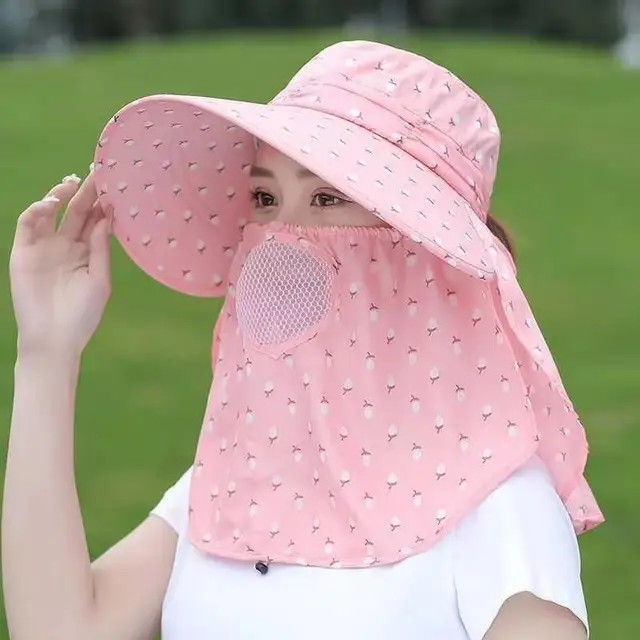
Introduction
Fishing hats are a crucial part of any angler’s gear, offering not only protection from the elements but also enhancing comfort and functionality during long hours on the water. With a variety of styles and features, the right option can make a significant difference in your fishing experience. This guide explores the different types available, their benefits, and tips for choosing and maintaining the perfect hat for your needs.
The Importance of Fishing Hats
Fishing hats serve multiple essential functions:
- Sun Protection: They shield your face, neck, and ears from harmful UV rays, reducing the risk of sunburn and long-term skin damage.
- Rain Protection: Many feature water-resistant or waterproof materials to keep you dry during unexpected downpours.
- Comfort: A well-designed hat provides shade and ventilation, helping you stay cool and comfortable throughout the day.
- Visibility: Brightly colored or reflective hats can enhance your visibility on the water, ensuring safety in low-light conditions.
Types of Fishing Hats
Fishing hats come in various styles, each offering unique features tailored to different fishing environments and needs:
- Wide-Brim Hats:
- Bucket Hats: Known for their wide, downward-sloping brims that provide excellent sun protection. Often made from lightweight, breathable materials.
- Booney Hats: Similar to bucket hats but typically with a stiffer brim that offers more sun coverage and often features adjustable chin straps for a secure fit.
- Baseball Caps:
- Classic Caps: Provide basic sun protection for the face and eyes. Ideal for casual fishing or short trips.
- Fishing-Specific Caps: Designed with features such as mesh panels for ventilation, moisture-wicking fabrics, and built-in UV protection.
- Visors:
- Sun Visors: Offer sun protection for the face while keeping the top of the head exposed. Best suited for anglers who prefer minimal coverage or are in cooler environments.
- Convertible Hats:
- Flap Hats: Feature detachable or fold-down flaps that extend to cover the neck and ears. Versatile and adjustable for varying weather conditions.
- Hats with Neck Gaiters: Combine a hat with a built-in neck gaiter for full sun and rain protection.
- Technical Fishing Hats:
- Performance Hats: Made from high-tech fabrics that offer features such as water resistance, UV protection, and sweat-wicking capabilities. Often include ventilation panels and adjustable features.
Materials and Features
Fishing hats are made from various materials, each offering different benefits:
- Materials:
- Cotton: Breathable and comfortable but may not provide the best water resistance.
- Polyester: Durable and often treated for water resistance and UV protection.
- Nylon: Lightweight and water-resistant, ideal for wet conditions.
- Mesh: Provides excellent ventilation, often used in combination with other materials for breathability.
- Features:
- UV Protection: Many fishing hats are treated with UV-blocking materials to protect against harmful sun rays.
- Water Resistance: Essential for staying dry during rainy conditions. Look for hats with water-resistant or waterproof coatings.
- Ventilation: Mesh panels or breathable fabrics help keep you cool and comfortable by allowing airflow.
- Adjustability: Features such as adjustable chin straps, sweatbands, and sizing options ensure a secure and comfortable fit.
- Reflective Elements: Enhance visibility in low-light conditions for added safety.
Choosing the Right Fishing Hat
Selecting the right fishing hat involves considering several factors:
- Type of Fishing:
- Freshwater Fishing: Opt for a lightweight, breathable hat with good sun protection.
- Saltwater Fishing: Choose a hat made from durable, water-resistant materials with features like saltwater resistance and quick-drying capabilities.
- Climate and Weather Conditions:
- Hot and Sunny: Go for wide-brim hats or bucket hats with excellent UV protection and ventilation.
- Rainy or Windy: Look for hats with water-resistant materials, adjustable chin straps, and flaps or gaiters for extra coverage.
- Personal Preferences:
- Comfort: Ensure the hat fits well and feels comfortable during extended wear. Look for features such as sweatbands and adjustable straps.
- Style: Choose a style that suits your personal taste and fishing environment. Consider factors like color, brim size, and overall design.
Maintaining Your Fishing Hat
Proper care and maintenance will extend the life of your fishing hat:
- Cleaning:
- Regular Cleaning: Wash your hat according to the manufacturer’s instructions, usually with mild soap and water. Avoid harsh chemicals that may damage the fabric.
- Spot Cleaning: For quick clean-ups, use a damp cloth to remove dirt and stains.
- Drying:
- Air Dry: Allow your hat to air dry completely before storing it. Avoid direct sunlight, which can cause fading.
- Avoid Heat: Do not use a dryer or other heat sources, as this can warp the hat’s shape and damage the materials.
- Storage:
- Proper Storage: Store your hat in a cool, dry place to prevent mold and mildew. Use a hat box or hanger to maintain its shape.
Conclusion
Fishing hats are more than just a fashion accessory—they are an essential piece of gear for any angler. By understanding the different types, materials, and features available, you can select the perfect hat to enhance your comfort, protection, and overall fishing experience. Embrace their functionality and style to enjoy a more enjoyable and successful time on the water.


